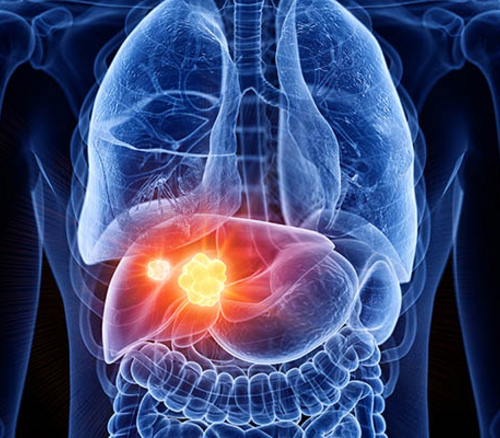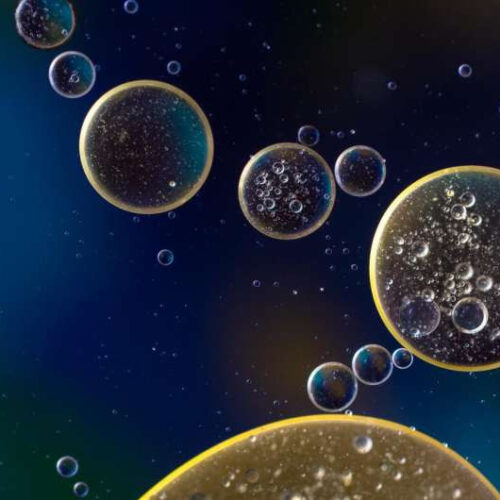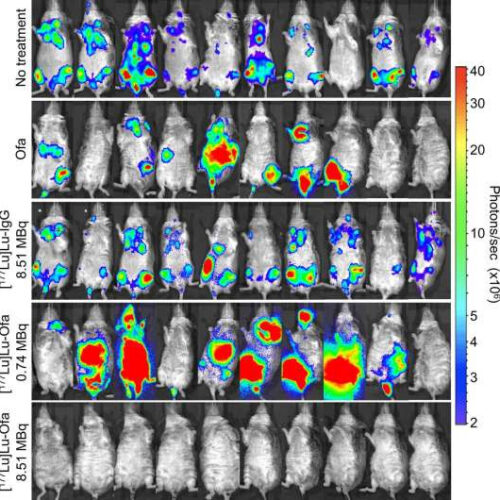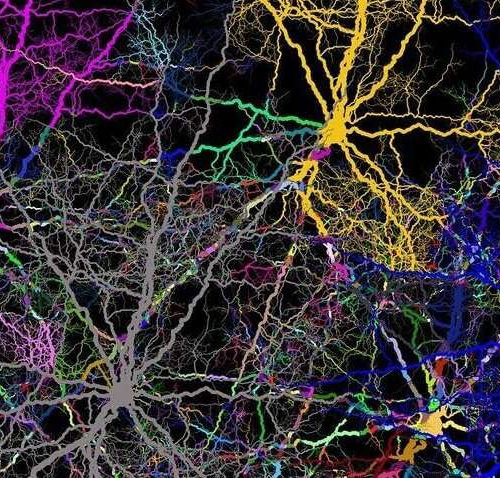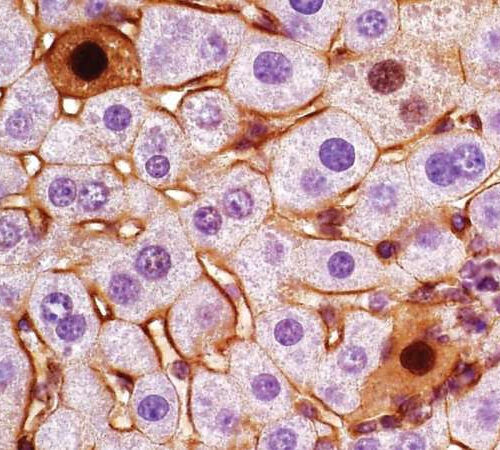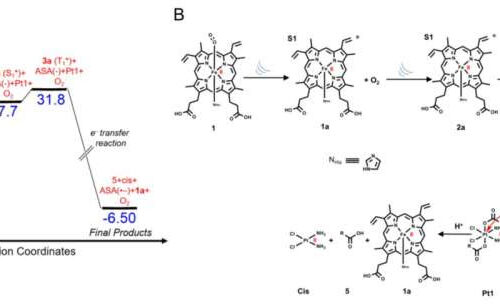UNIVERSITY OF CALIFORNIA – SAN DIEGO IMAGE: UC SAN DIEGO SCIENTISTS FIND THE PROTEIN ATF4 PREVENTS LIVER DAMAGE AND ITS PROGRESSION TO CANCER BY BLOCKING FERROPTOSIS, AN IRON-DEPENDENT FORM OF LIVER CELL DEATH. CREDIT: UC SAN DIEGO HEALTH SCIENCES Liver cancer is the third leading cause of cancer death and the sixth most common cancer...
Category: <span>Cancer</span>
Examining the causes of muscle wasting
UNIVERSITY OF HOUSTON IMAGE: ASHOK KUMAR, ELSE AND PHILIP HARGROVE ENDOWED PROFESSOR OF PHARMACY AND CHAIR OF THE DEPARTMENT OF PHARMACOLOGICAL AND PHARMACEUTICAL SCIENCES IN THE UH COLLEGE OF PHARMACY, IS EXAMINING MUSCLE WASTING IN HOPES TO DEVELOP A PREVENTIVE MEDICINE. CREDIT: UNIVERSITY OF HOUSTON Skeletal muscle atrophy, or wasting, is a devastating and often...
New therapy harnesses patients’ blood cells to fight tumors
by Win Reynolds, Northwestern University Credit: CC0 Public Domain Adoptive cell therapy (ACT) has become a promising immunotherapy tool to help treat advanced melanoma. The therapy, which harnesses immune cells collected from the patient’s own tumors, could provide a new treatment option to cancer patients, potentially bypassing radiation therapies and harsh chemotherapy drugs. For the first...
Nuclear medicine therapy cures human non-Hodgkin’s lymphoma in preclinical model by Society of Nuclear Medicine
by Society of Nuclear Medicine Bioluminescence images of untreated and treated mice with human B cell lymphoma. Optimal results occurred with 8.51 MBq of [177Lu]Lu-ofatumumab (bottom row). Ofa = ofatumumab. Credit: Journal of Nuclear Medicine (2022). DOI: 10.2967/jnumed.122.264816 A new nuclear medicine therapy can cure human non-Hodgkin’s lymphoma in an animal model, according to research published in the April issue...
Clinical trial: Combination treatment extends progression-free survival in brain cancer
by Melissa Rohman, Northwestern University Credit: Pixabay/CC0 Public Domain Repeat radiation therapy combined with the monoclonal antibody drug bevacizumab extended progression-free survival in patients with recurrent glioblastoma, according to findings from a recent clinical trial published in the Journal of Clinical Oncology. Jeffrey Raizer, MD, adjunct professor in the Ken and Ruth Davee Department of Neurology’s Division...
Identifying cancer genes’ multiple personalities
by Cold Spring Harbor Laboratory An up-close look at a mouse’s liver; the cells with dark centers were turned cancerous using a new gene-editing strategy devised by Semir Beyaz’s lab. Credit: Beyaz lab/Cold Spring Harbor Laboratory Mutations in our genes can lead to severe problems, like colon or liver cancer. But cancer is very complex. Mutations...
Pancreatic lesions may occur more frequently than previously thought
By American Association for Cancer Research The Pancreas. Credit: Illustration from Anatomy & Physiology Connexions Web site http://cnx.org/content/col11496/1.6//Wikimedia Commons, CC BY Pancreatic intraepithelial neoplasia (PanIN) lesions were detected in a majority of healthy pancreases from deceased donors of diverse age and harbored features of pancreatic cancer, according to a study published in Cancer Discovery. Pancreatic cancer is a...
Alternative glucose breakdown ensures the survival of cancer cells
by German Cancer Research Center Credit: Pixabay/CC0 Public Domain A key enzyme in sugar metabolism is inactivated particularly easily and efficiently by oxidative stress. Scientists at the German Cancer Research Center (Deutsches Krebsforschungszentrum, DKFZ) have now shown that with this oxidation, cells switch to an alternative sugar breakdown pathway and can thus escape oxidative stress. Cancer cells...
Team develops anticancer nanoparticles with ultrasound activation
by Meike Drießen, Ruhr-Universitaet-Bochum Proposed mechanism of the reduction of the PtIV prodrug Pt1 with the pentacoordinated sonosensitizer using DFT calculations. (A) Energy profile diagram of the reduction, indicative that the reaction is thermodynamically unfavored. (B) Proposed reduction mechanism . Credit: Angewandte Chemie International Edition (2023). DOI: 10.1002/anie.202301074 Chemotherapy treatments produce strong side effects. A new agent that accumulates...
Iron regulation offers new treatment hope for incurable blood cancer
by Walter and Eliza Hall Institute of Medical Research Hematological and iron markers are similar in PV patients with and without history of venesection. (A) Hematocrit (HCT); (B) red blood cell count (RBC); (C) ferritin; (D) transferrin saturation; (E) serum hepcidin; (F) serum ERFE, (G) hepcidin:ferritin ratio, (H) platelet count and (I) leukocyte count in...

